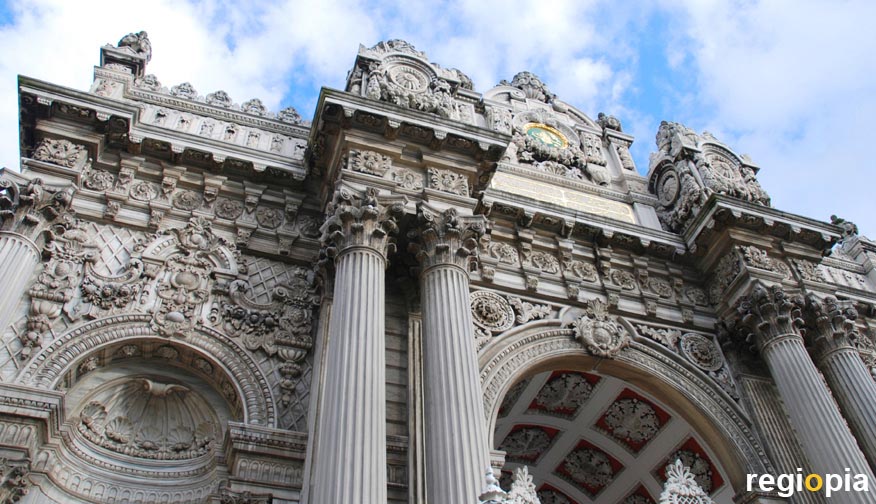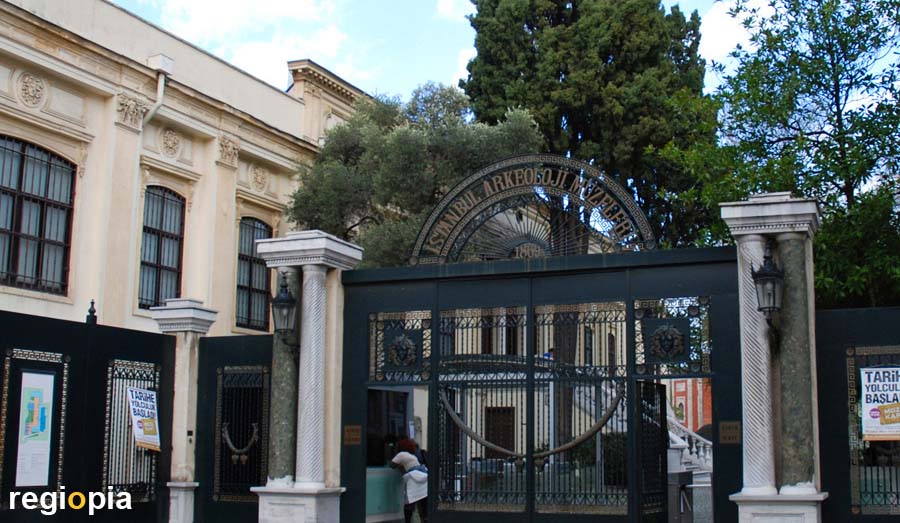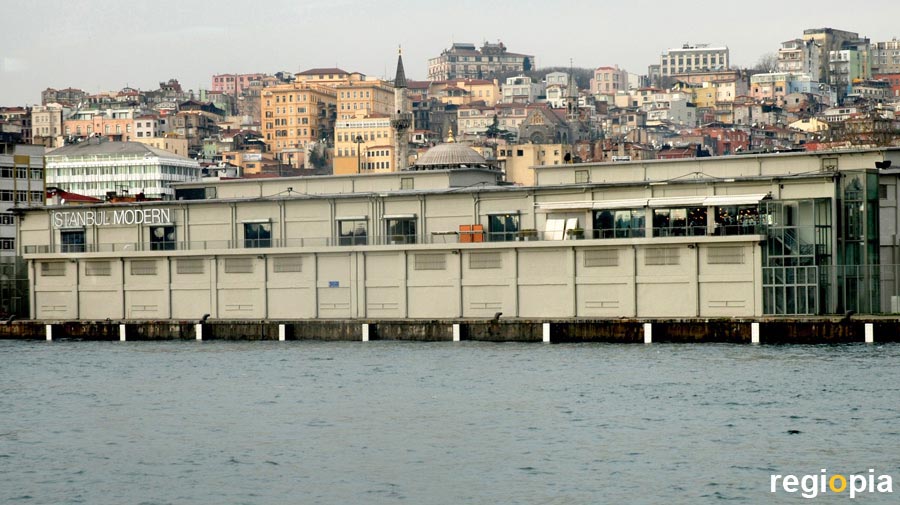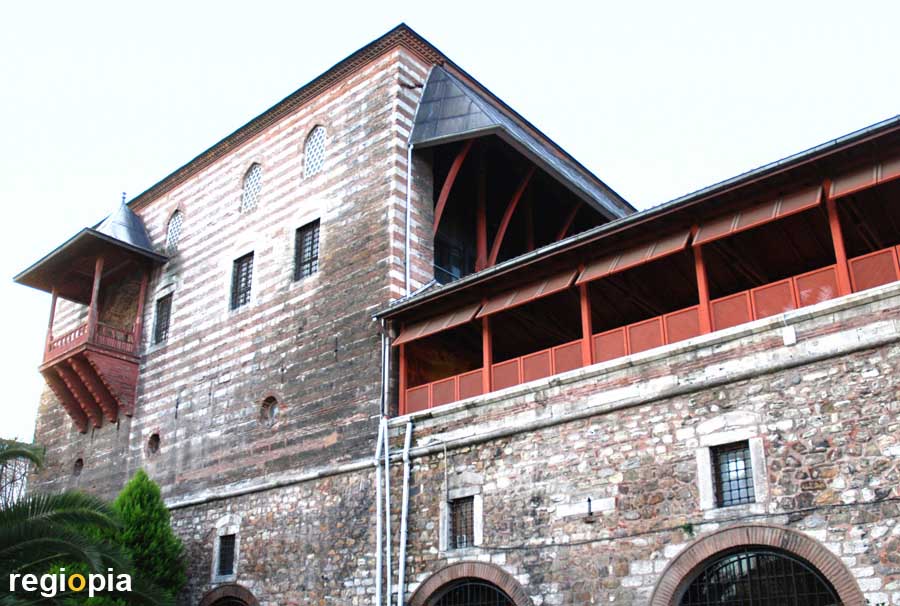
Dolmabahçe Palace
The Dolmabahçe Palace (Dolmabahçe Sarayi) was built for Sultan Abdul-Medschid I in 1856. The Sultan had a modern palace built with a garden. Dolmabahçe Sarai means "palace of full gardens". The Ottoman ruler wanted to build a European palace and hired an architect who was trained in Europe. The palace was supposed to be a show of power but its enormous construction costs led to national bankruptcy and the Ottoman Empire lost its importance. After the end of the Ottoman Empire, the palace was used by Kemal Attaturk as the temporary seat of government. Ataturk died in Dolmabahçe Palace in 1939, his death room has been preserved and can be visited. The palace has been a museum since the government moved to Ankara, but is still occasionally used for state receptions.

Arkeoloji Müzesi
The Archeological Museum of Istanbul was establised in 1891 and has a large collection of Greek and Roman sculptures. Among the most important pieces are the sarcophagus of the "King of Sidon" and the head of "Alexander the Great".
https://muze.gen.tr/muze-detay/arkeoloji

Istanbul Modern
The former warehouse at the Bosporus was turned into a Museum of Modern and Contemporary Art in 2004. Since then, "Istanbul Modern" has organized large exhibitions on 8,000 square meters. At present, a new museum building is being built at this site. This new building should be completed by 2020. Until then, the museum is located at Asmalı Mescit, Meşrutiyet Cd. No: 99th.
https://www.istanbulmodern.org/

Türk Islam Eserleri Müzesi
The "Museum of Turkish and Islamic Art" shows woodwork from Anatolia, carpets, Islamic calligraphy, ceramics, glass art, marquetry and wall tiles from Konya.
https://muze.gen.tr/muze-detay/tiem
Map Museums in Istanbul
ads
Istanbul Turkey
Museum guide Istanbul
Instanbul does not have any world-famous museums like Rome, although under Constantine the city was larger and more important than the city on the Tiber. After that it was the capital of the Byzantine Empire and that of the Ottoman Empire. One might expect that there would be many art treasures to visit here. But the museum landscape is quite modest for a city of this size and importance. Nevertheless, there are some museums worth seeing to discover.
ads
ads


